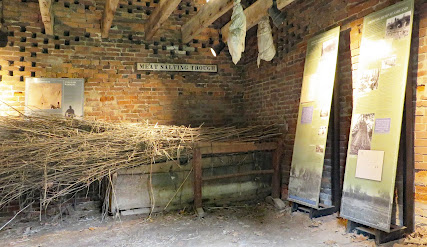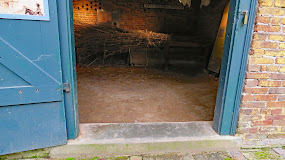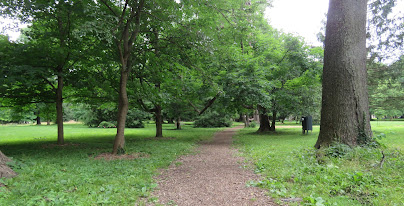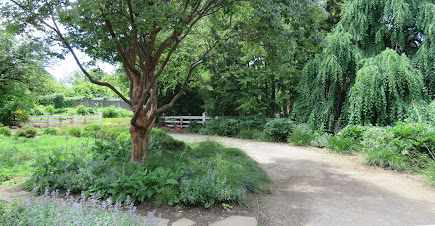The parking lot is large enough for most RVs but it has a slight slope. Museum 37.98968, -84.17859
Sunday, June 30, 2024
Bluegrass Heritage Museum
Saturday, June 29, 2024
Brighton East Trail
Friday, June 28, 2024
Waveland State Historic Site
The house has been restored to its 1840s appearance and is furnished in the period. Four original outbuildings with exhibits are open for visitors. Signs located at various spots on the property give a bit of history.
Thursday, June 27, 2024
The Arboretum, State Botanical Garden of Kentucky
Wednesday, June 26, 2024
Perryville Battlefield
The Confederate forces attempted to retake the state in 1862 and Perryville, with an excellent road network, was considered a strategic location. Fighting took place on October 8 with over seven hundred men killed. The Union lost more men than the Confederacy but they were outnumbered and retreated through the Cumberland Gap leaving the Union in control of the state for the remainder of the war.
The site has a small museum with battle artifacts, a video, and exhibits detailing the movements of both armies. The museum staff passes out driving tour leaflets and there are trails that wind through the battlefield with over 40 interpretive signs.
The museum is accessible. The trails are mowed grass and not accessible. There are some signs along the driving tour but most are too far away to read.
RVs can be parked along the road across from the museum. The driving tour road is fine for most RVs. One half mile section is dirt; the rest is paved. Battlefield 37.67451, -84.97066
Tuesday, June 25, 2024
Abraham Lincoln's Boyhood Home at Knob Creek
Monday, June 24, 2024
Abraham Lincoln Birthplace National Historical Park

Sunday, June 23, 2024
Swope's Cars of Yesteryear Museum
This is a large dealership so park wherever there's space. Museum 37.71467, -85.87839

















































